Gardening Cyprus value your privacy!
We use cookies to enhance your browsing experience, serve personalized ads or content, and analyze our traffic. By clicking "Accept All", you consent to our use of cookies.
We use cookies to help you navigate efficiently and perform certain functions. You will find detailed information about all cookies under each consent category below.
The cookies that are categorized as "Necessary" are stored on your browser as they are essential for enabling the basic functionalities of the site. ...
Necessary cookies are required to enable the basic features of this site, such as providing secure log-in or adjusting your consent preferences. These cookies do not store any personally identifiable data.
No cookies to display.
Functional cookies help perform certain functionalities like sharing the content of the website on social media platforms, collecting feedback, and other third-party features.
No cookies to display.
Analytical cookies are used to understand how visitors interact with the website. These cookies help provide information on metrics such as the number of visitors, bounce rate, traffic source, etc.
No cookies to display.
Performance cookies are used to understand and analyze the key performance indexes of the website which helps in delivering a better user experience for the visitors.
No cookies to display.
Advertisement cookies are used to provide visitors with customized advertisements based on the pages you visited previously and to analyze the effectiveness of the ad campaigns.
No cookies to display.
Plants in Cyprus have many functions in addition to being aesthetically beautiful. For instance, Oleander is a superb source of nectar for bees, whereas Paperflower is well-known for its therapeutic qualities. The tea made from Bermuda buttercup has long been used as a remedy for colds and flu, and Natal plum is a well-liked decoration. A gorgeous plant with lovely blossoms, red frangipani is also well-known for its therapeutic benefits. These plants all have something unique to offer, and they are a wonderful way to bring color and life to your landscape.
Take a moment to admire the top 20 Plants in Cyprus and the significant function they play in the environment the next time you’re in Cyprus.

1) Peppers
Capsicum annuum
Also known as: Chili pepper, Facing heaven pepper, Jalapeño, Anaheim pepper
The plant Capsicum annuum, more commonly known as pepper, chili pepper, facing heaven pepper, jalapeño, or Anaheim pepper, produces bright red pepper vegetables that are widely used for cooking, particularly in the Southern U.S. and Central America. The level of spiciness of peppers can differ significantly due to the various varieties, and cayenne powder is a popular seasoning product made from these plants.

2) Common fig
Ficus carica
Also known as: Fig
The Ficus carica, commonly referred to as the fig, is a deciduous small tree or shrub that has a very long history of cultivation, dating back to the tenth millennium BC in the Jordan Valley. It is known for its sweet, chewy fruits.
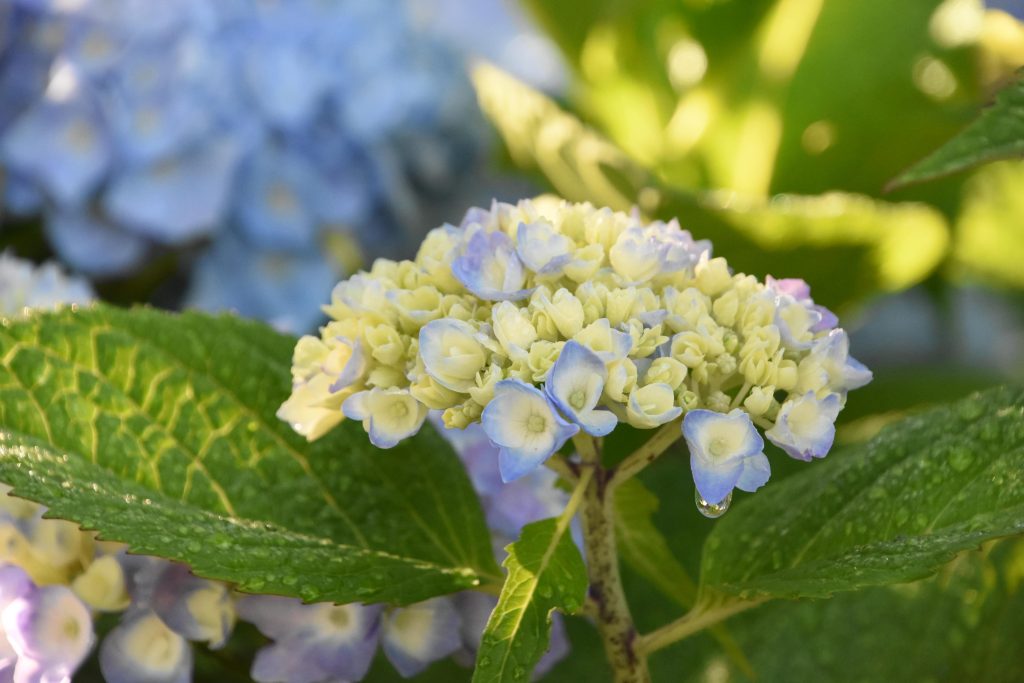
3) Golden dewdrops
Duranta erecta
Also known as: Skyflower, Forget-me-not bush
The Duranta erecta, or Skyflower, is a sprawling shrub found in subtropical and tropical gardens around the world. This plant’s gentle purple blossoms attract butterflies and hummingbirds, and unfortunately, it is considered a weed in Australia, South Africa and parts of East Asia. The common name of this plant is Forget-me-not bush.
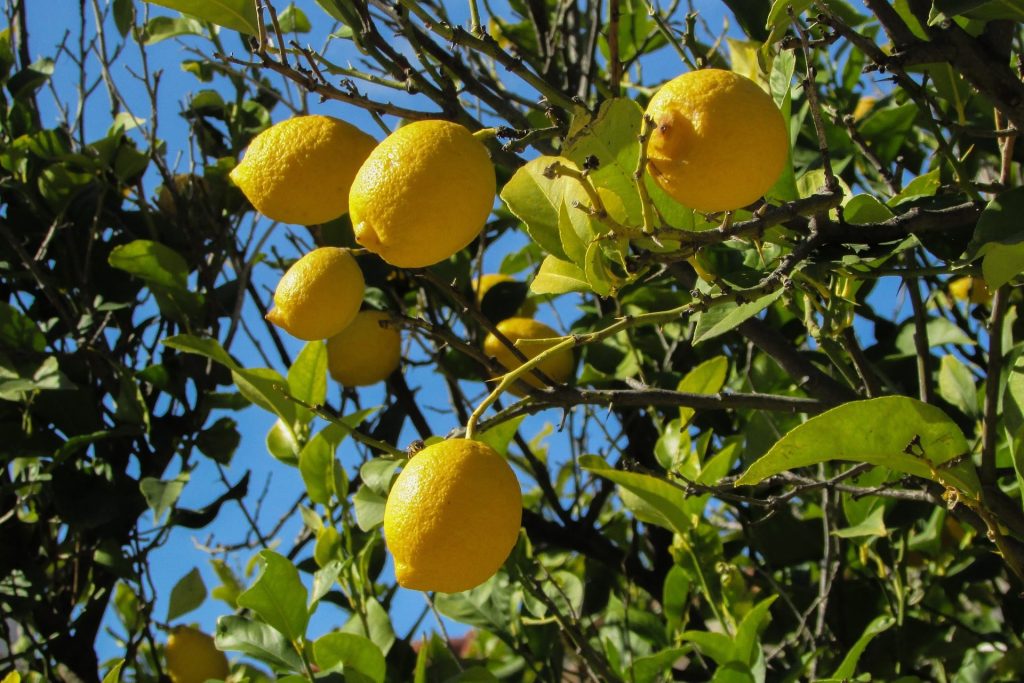
4) Lemon
Citrus limon
Also known as: Meyer lemon
The Meyer lemon (Citrus limon) is a hybrid of lemon and mandarin orange (Citrus reticulata) that was first discovered in China in 1908. It was named after Frank Meyer, the USDA plant explorer who brought it to the United States. The Meyer lemon is smaller and less acidic than the standard lemon, and its rind is thin and aromatic. Its juice is often used in baking and cooking.
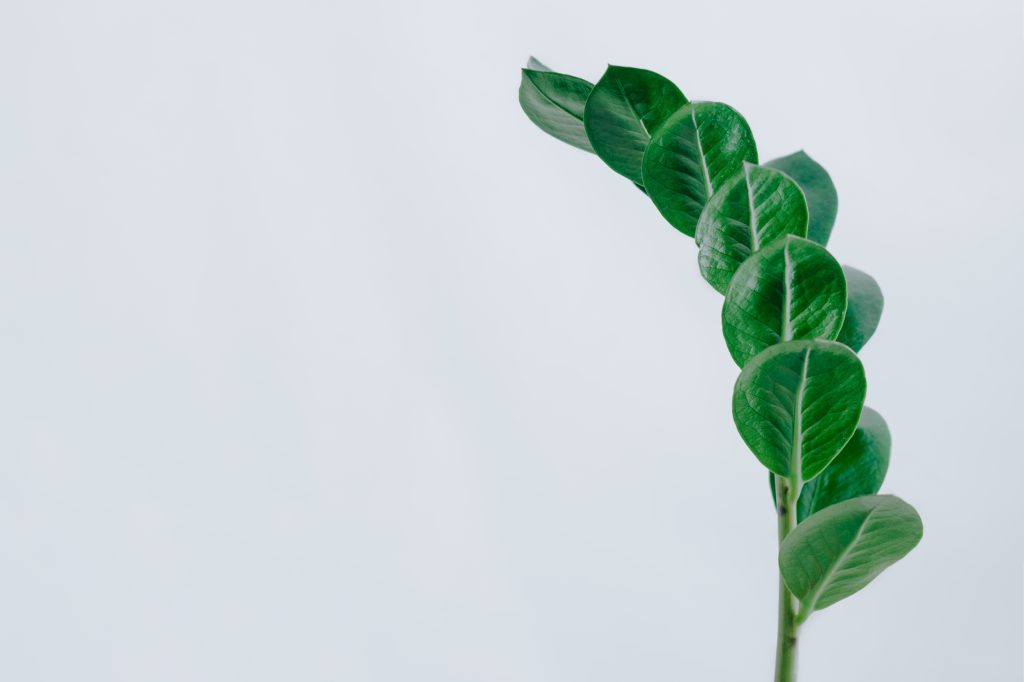
5) Zanzibar gem
Zamioculcas zamiifolia
Also known as: Aroid palm, Emerald palm
Known scientifically as Zamioculcas zamiifolia, the Zanzibar gem is a bright and glossy green flowering plant native to eastern Africa. It has become a popular houseplant around the world due to its ease of care and cultivation. While it is mildly toxic if ingested, its danger level is often exaggerated.
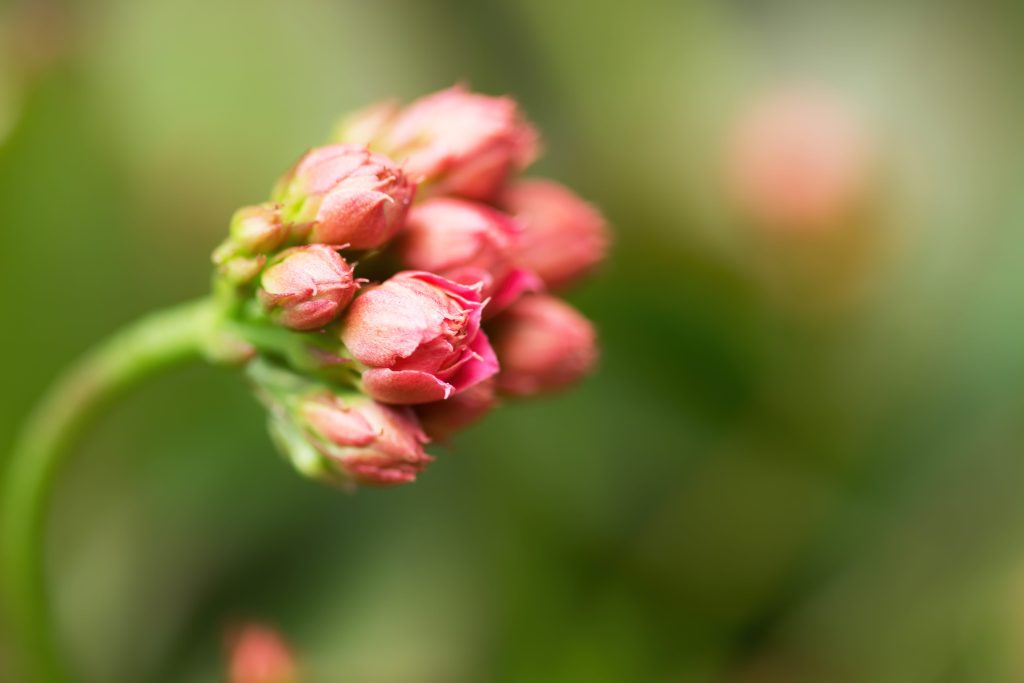
6) Flaming katy
Kalanchoe blossfeldiana
Also known as: Christmas kalanchoe
Kalanchoe blossfeldiana, commonly known as Flaming Katy or Christmas Kalanchoe, is a popular houseplant originally native to Madagascar. This succulent is distinct for its colorful flowerheads that it produces in autumn and winter, making it a common gift during the holidays. Unfortunately, this plant is toxic to pets.
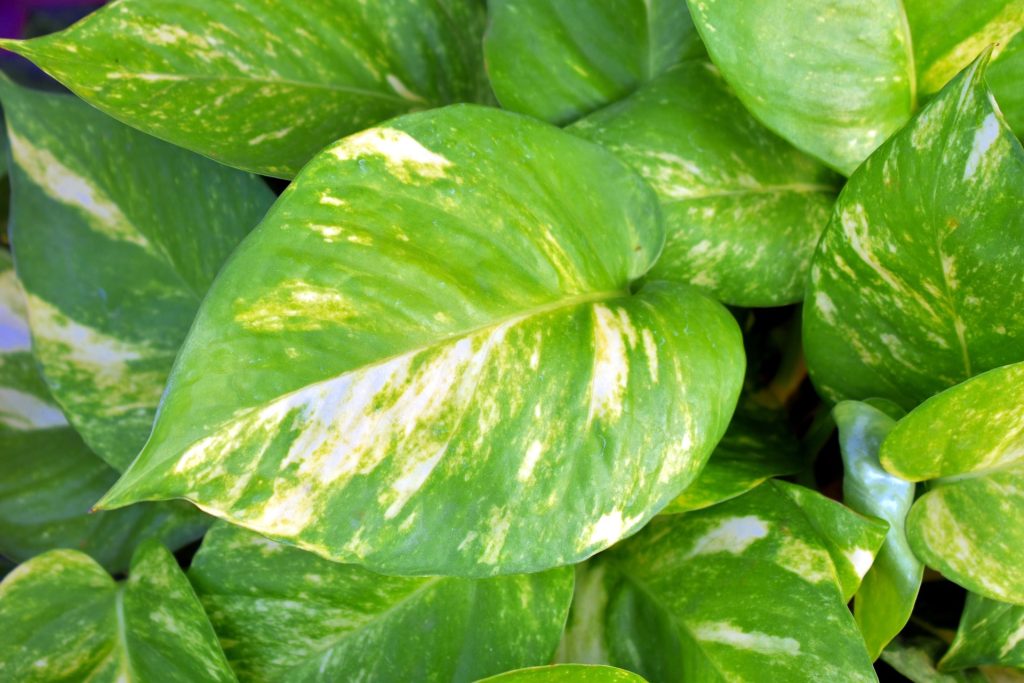
7) Golden pothos
Epipremnum aureum
Also known as: Taro vine, Ivy arum, Hunter’s robe
Epipremnum aureum, commonly referred to as the golden pothos, taro vine, ivy arum, or hunter’s robe, is a popular houseplant that is native to Australia, Asia, and the West Indies. This plant is notoriously hard to kill, hence its other nickname “devil’s ivy,” and can even grow in the dark. It is important to note, however, that the golden pothos has toxic sap, and it should therefore be kept away from both children and pets.
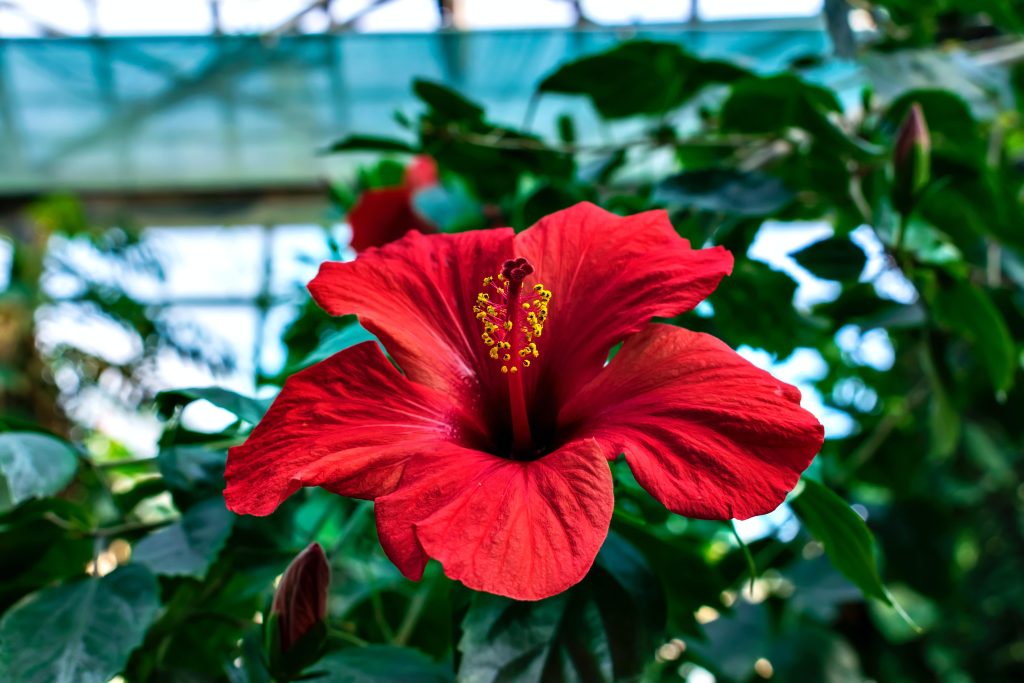
8) Chinese hibiscus
Hibiscus rosa-sinensis
Also known as: China rose, Hawaiian hibiscus, Tropical hibiscus
Hibiscus rosa-sinensis, commonly referred to as Chinese hibiscus, China rose, Hawaiian hibiscus, or Tropical hibiscus, is a small flowering tree well known for its fragrant blooms. This species is the national flower of Malaysia and is featured on Malaysian coins. Despite its Latin name, which translates to “the rose of China,” Hibiscus rosa-sinensis is not related to true roses.
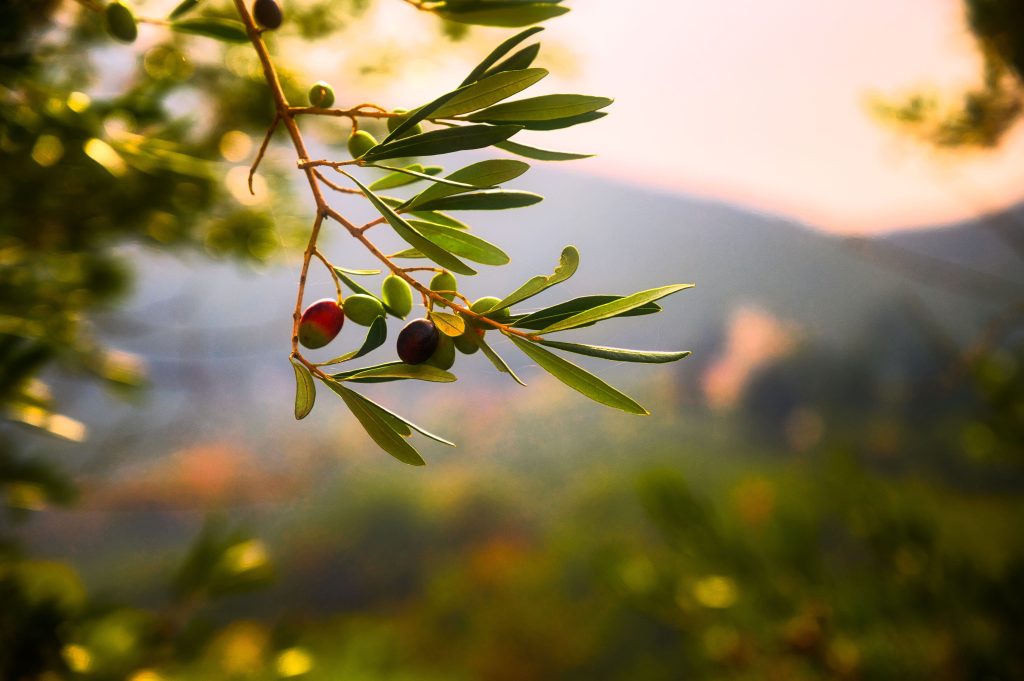
9) Olive
Olea europaea
Also known as: Indian olive, Wild-olive
The Olea europaea, more commonly known as the olive tree, is an evergreen tree or shrub of great agricultural importance, particularly in the Mediterranean. Its fruits are edible and often used to produce olive oil. The olive tree has been cultivated for centuries and has acquired various symbolic meanings, the most famous being the olive branch, which is seen as a symbol of peace and glory.
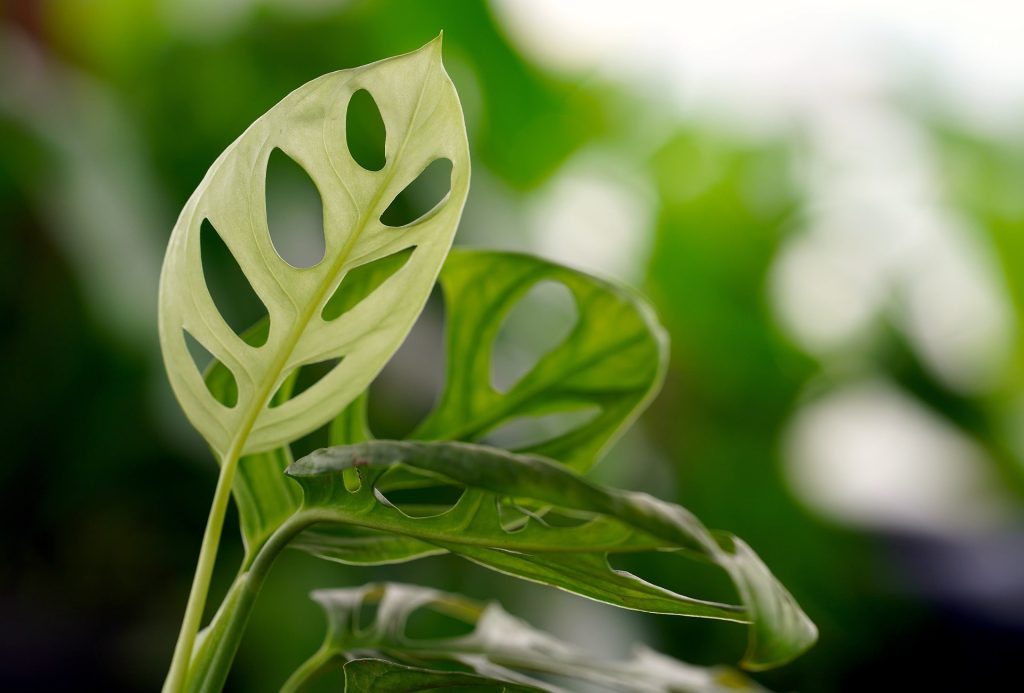
10) Swiss cheese plant
Monstera deliciosa
Also known as: Fruit salad plant, Mexican breadfruit
The Monstera deliciosa plant, also referred to as the fruit salad plant or Mexican breadfruit, is native to tropical forest areas of Central America. It is a popular house plant due to its glossy leaves and the distinctive holes in them, which gave it the nickname swiss cheese plant. When ripe, the long fruits grown by this plant resemble corncobs and give off a sweet, fragrant smell.
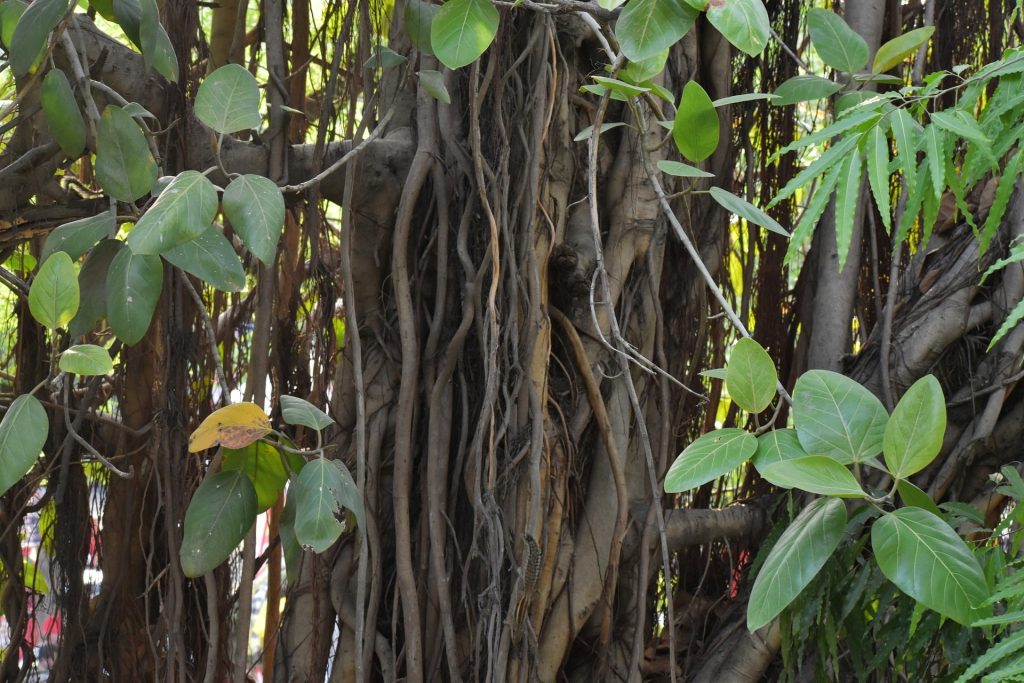
11) Indian Laurel
Ficus microcarpa
Also known as: Chinese banyan, Malayan Banyan, Glossy-Leaf Fig
Ficus microcarpa, more commonly referred to as Indian Laurel, Chinese Banyan, Malayan Banyan or Glossy-Leaf Fig, is a fig tree native to China. It is popular among certain East Asian cultures for its believed spiritual significance as a place of gathering for spirits and its pollination by fig wasps.
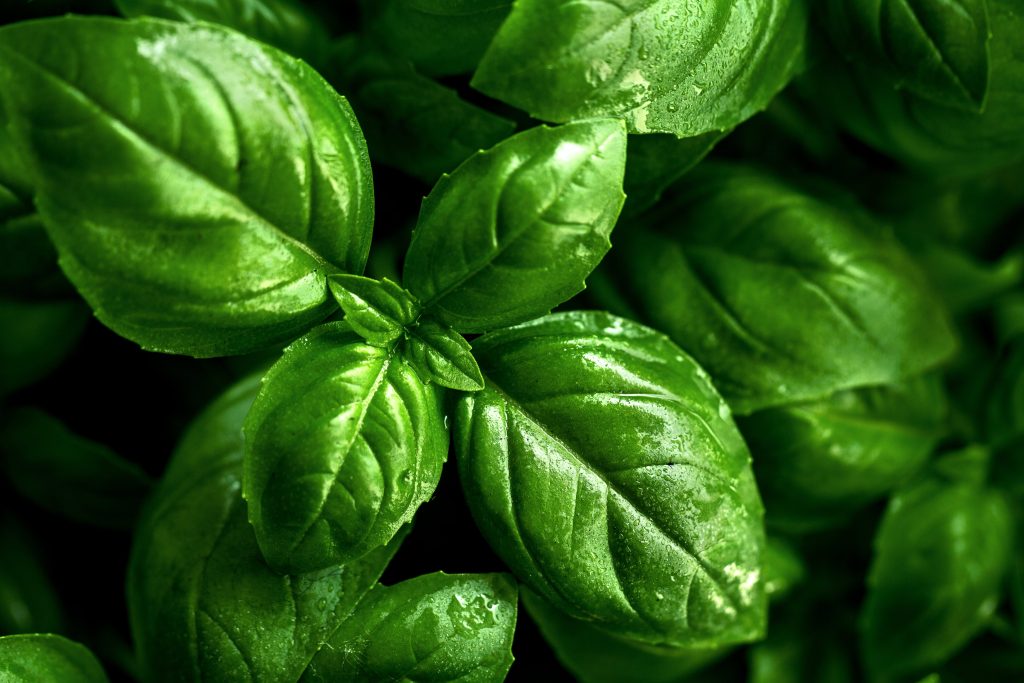
12) Sweet basil
Ocimum basilicum
Also known as: Saint-joseph’s-wort, Common basil
Sweet basil is a species of mint plant native to Asia and Africa. It is a popular houseplant, and thrives when it receives plenty of regular sun and water. This plant is also easy to transfer from one soil environment to another. The edible sweet basil leaves can be eaten fresh or dried with pizza, salads, soups, teas, and many other dishes.
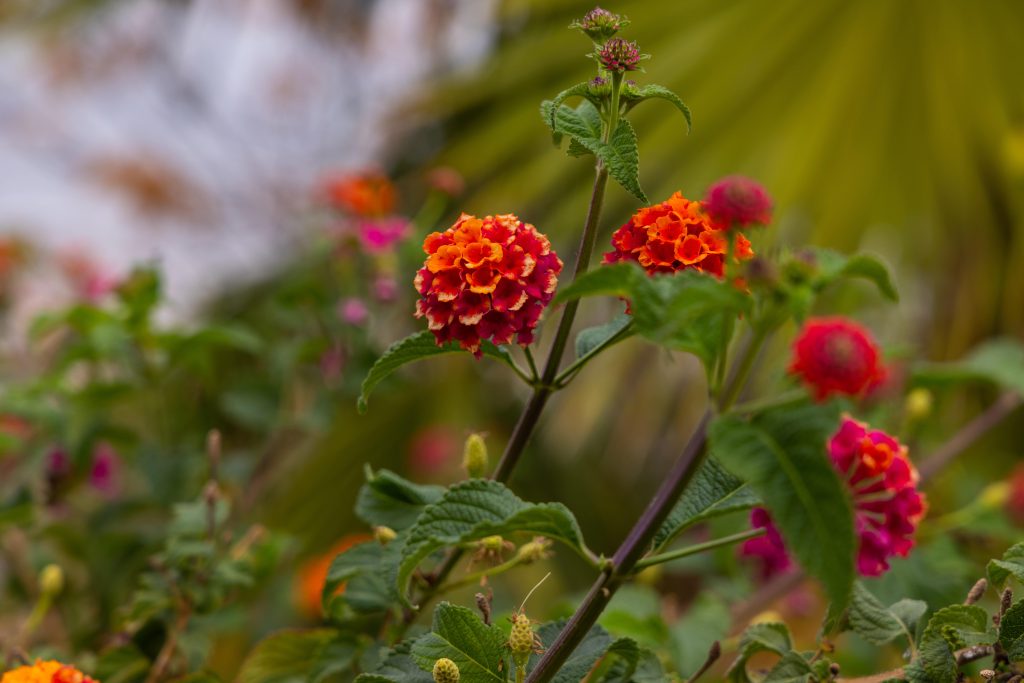
13) Common lantana
Lantana camara
Also known as: Yellow sage, Umbelanterna
The common lantana is a flowering plant that grows best in tropical environments. It spread outside the Americas when the Dutch brought it to Europe. The plant is generally regarded as an unwanted weed that reduces biodiversity. Additionally, it is toxic to livestock and harms the output of farmland.
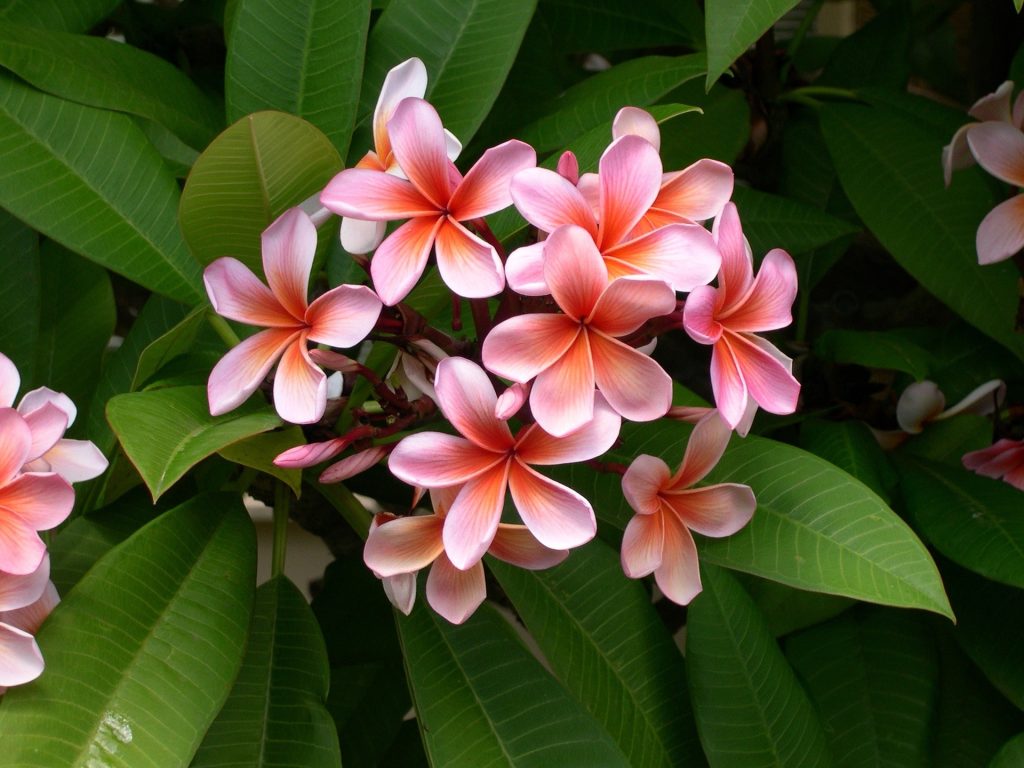
14) Red frangipani
Plumeria rubra
Also known as: Red-jasmine, Common frangipani
Plumeria rubra, more commonly known as red frangipani or red-jasmine, is a deciduous shrub or small tree native to Central and South America. It is widely grown as an ornamental plant in tropical and subtropical climates, however all parts of the plant contain high alkaloid levels which can be toxic if ingested.
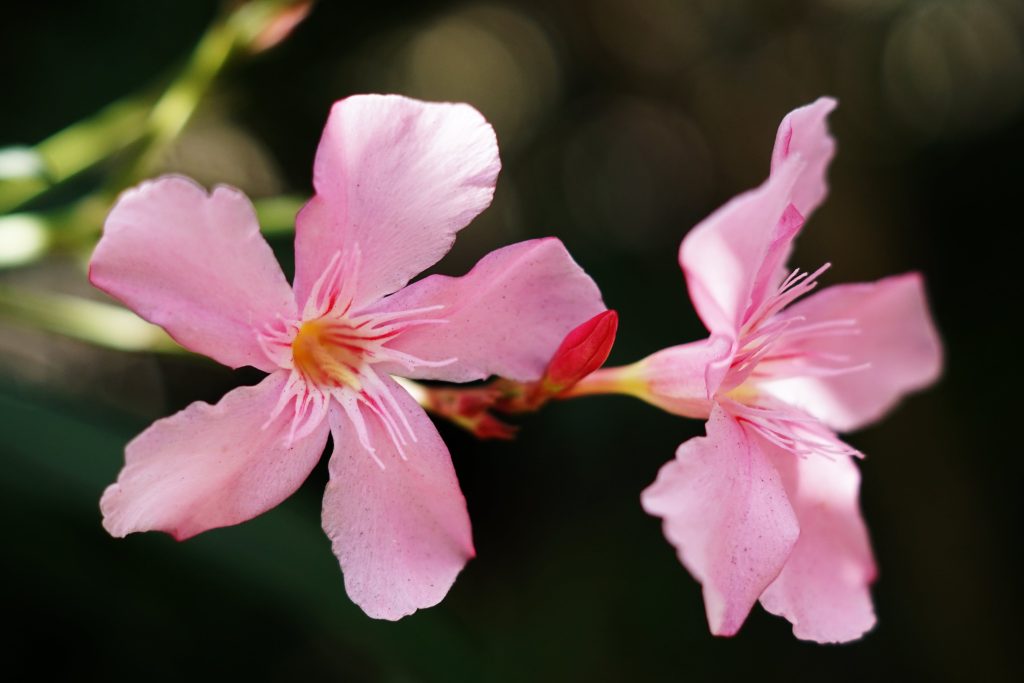
15) Oleander
Nerium oleander
Also known as: Nerium
Often referred to as oleander, Nerium oleander is a shrub or small tree featuring stunning five-petaled pink blossoms and long, lance-shaped green foliage. Despite its beauty, oleander is one of the most toxic plants commonly used in gardens and should be kept away from children and animals at all times.
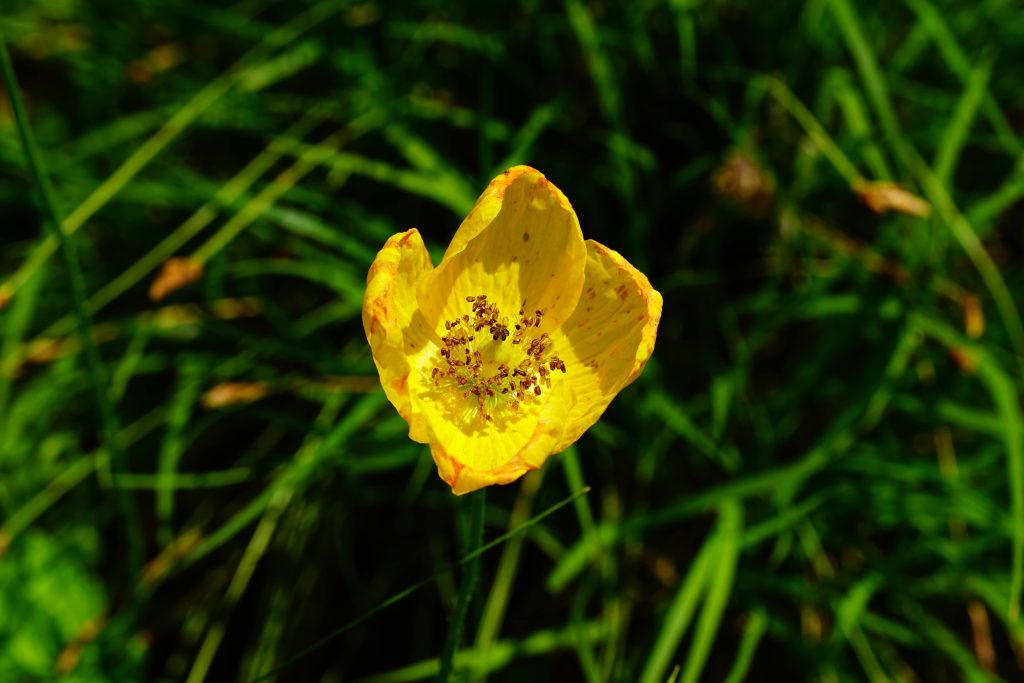
16) Bermuda buttercup
Oxalis pes-caprae
Also known as: Buttercup Oxalis, Sourgrass, African wood-sorrel, Goat’s-foot
Native to South Africa, Oxalis pes-caprae, commonly known as Bermuda buttercup, African wood-sorrel, sourgrass, or Goat’s-foot, is a low-growing plant characterized by shamrock-like leaves.
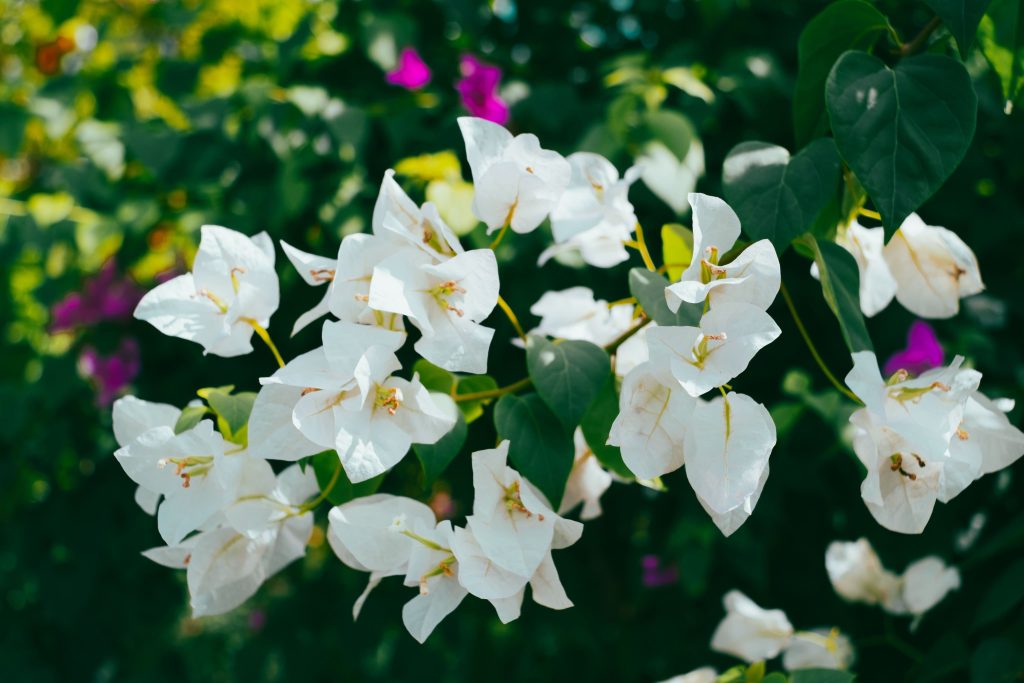
17) Paperflower
Bougainvillea glabra
Also known as: Lesser bougainvillea
The Lesser Bougainvillea, or Bougainvillea glabra, is a popular outdoor ornamental plant. It is the official flower of many places, including Guam, Pingtung, Ipoh, Tagbilaran, San Clemente, Guangzhou, and Naha. It flourishes in warm climates and is often referred to as Paperflower.

18) Natal plum
Carissa macrocarpa
Also known as: Amatungulu
Carissa macrocarpa, also known as Amatungulu, is a hardy plant with thorns that make it ideal for barrier hedges. It has fragrant white flowers that bloom across two seasons and its fruit is a bright red when ripe and very tasty. Be warned, however, that nearly all parts of this plant are poisonous apart from the fruit.
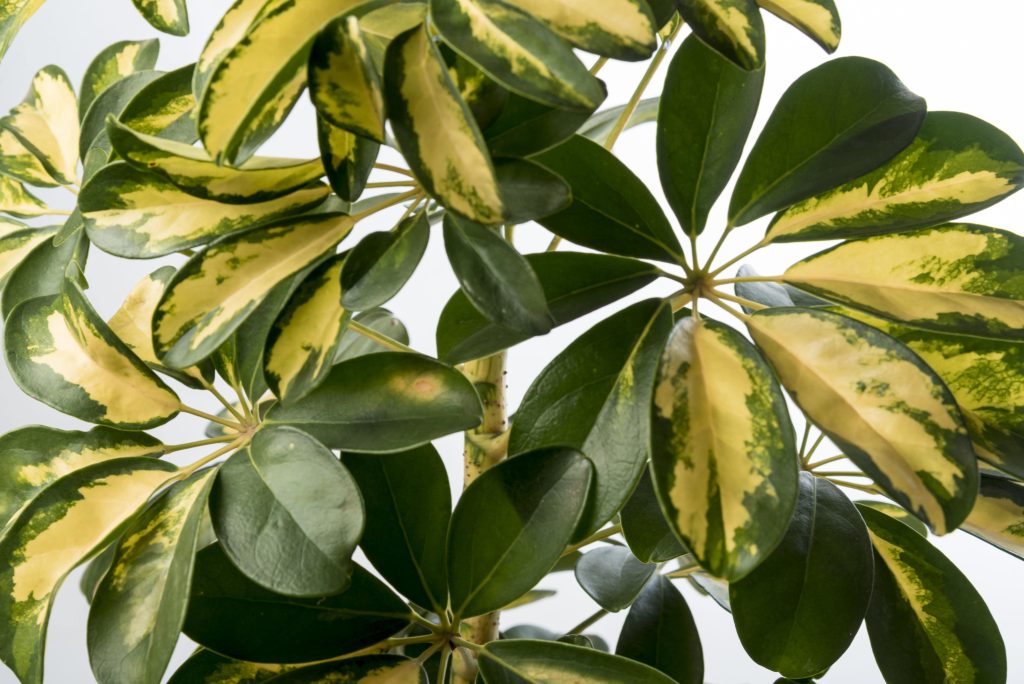
19) Rubber tree
Ficus elastica
Also known as: Rubber fig, Indian rubber plant
The Ficus elastica, commonly known as the Rubber Tree, is an ornamental species, often grown as a houseplant in cooler climates. Its wide, oval and glossy leaves are distinctive, and its milky white latex was used for making rubber before Pará rubber tree was discovered.

20) Corn plant
Dracaena fragrans
Also known as: Fragrant dracaena, Happy plant
Native to tropical Africa, the Corn Plant (Dracaena fragrans) is an evergreen, slow-growing perennial shrub that has been grown in Europe since the 1800s as a classic houseplant. It is sometimes referred to as a “false palm tree” due to its glossy green foliage which resembles corn leaves, growing atop a thick cane.
In Conclusion,
Plants in Cyprus, this island is home to a wide variety of beautiful and useful plants, each of which has something special to offer. From Oleander’s nectar for bees to Natal plum’s striking and ornamental properties, these 20 common plants are essential for the environment and can add color and life to any garden.
In addition to the 20 plants described above, Cyprus has a vast array of flora and fauna not mentioned here. There are numerous species of wildflowers, shrubs, grasses and trees that thrive in the warm climate, making it an ideal destination for nature-lovers. With its remarkable variety of species and habitats, the island is a paradise for botanists and naturalists. There are hundreds of species of birds, mammals, reptiles, amphibians and insects that call Cyprus home, making it a haven for wildlife and a great place to explore the natural environment. Furthermore, The Plants in Cyprus is rich biodiversity provides a unique opportunity to study and observe the effects of climate change on the local species. The island’s unique flora and fauna also provide an excellent source of food and medicine, as well as providing resources for the local economy.

Cyprus is a great place to visit and explore, and its diverse and abundant plant life is a testament to the island’s importance in the world of biodiversity. Contact us if you are interest in planting these beautfiul palnts. Our team is ready for gardening ACTION!